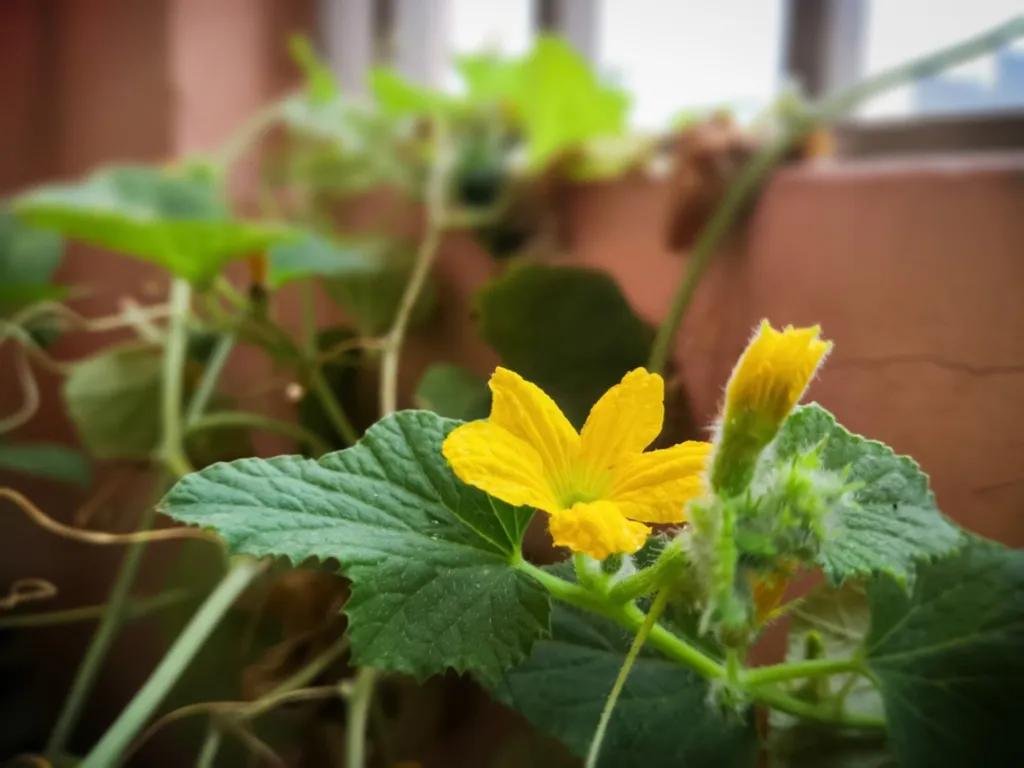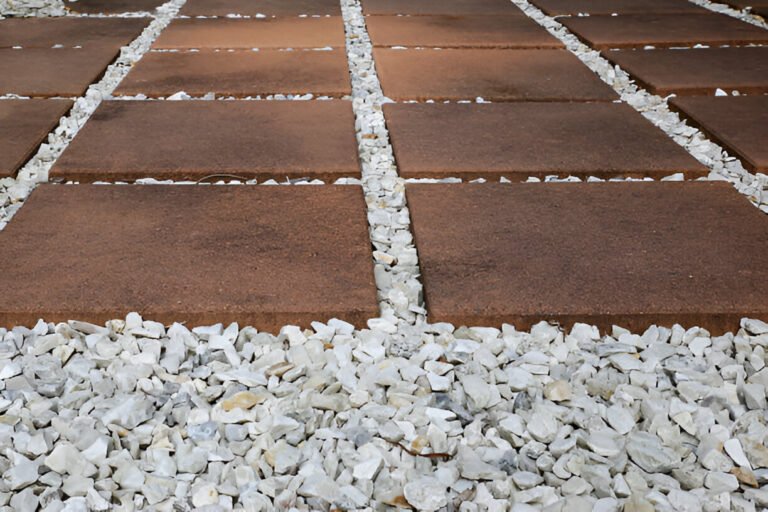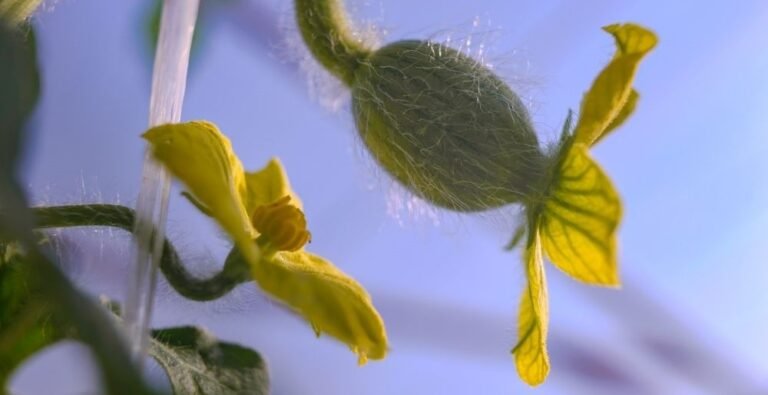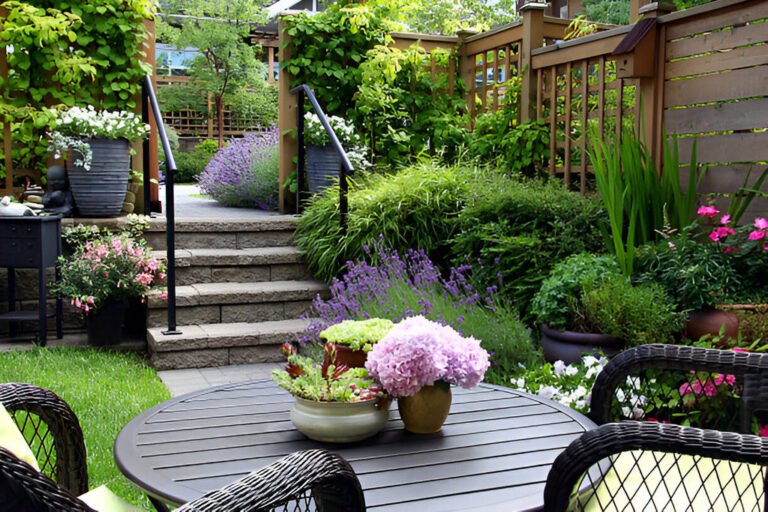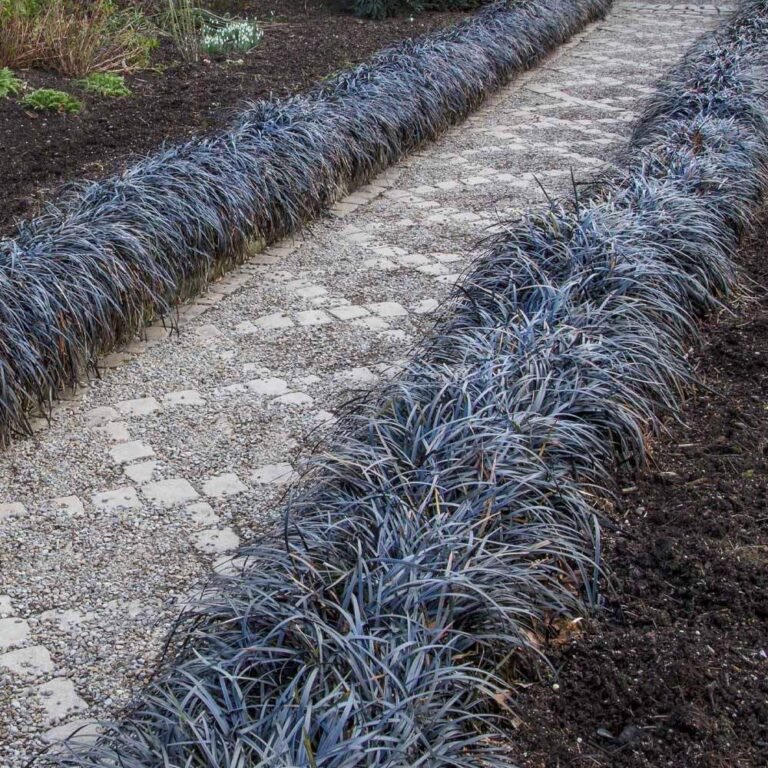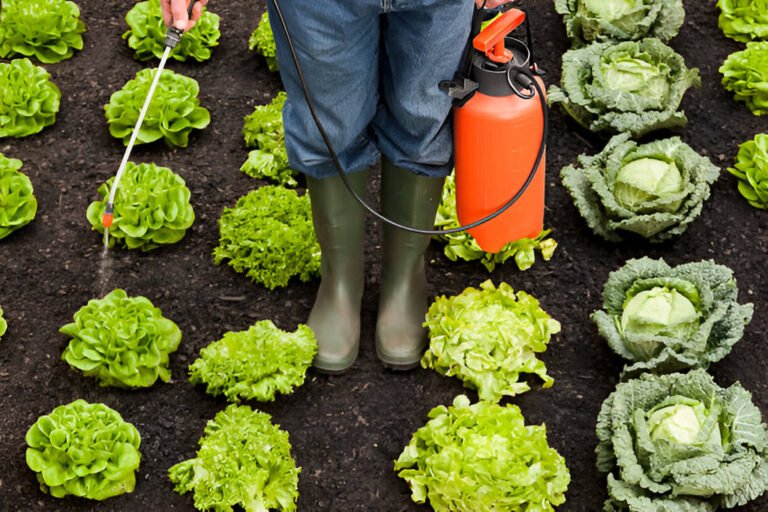Watermelon Flowers & Pollination – Everything You Need to Know
If you’ve ever grown watermelons or admired their vibrant vines, you might have wondered about the magic behind their growth. The lush green leaves and sprawling tendrils are eye-catching, but the real stars of the show are the watermelon flowers.
These delicate blooms are more than just a pretty face; they play a crucial role in the development of those juicy, refreshing fruits we all love. Understanding how watermelon flowers contribute to the growth process is key to achieving a bountiful harvest.
Have you ever pondered how a tiny flower transforms into a massive watermelon? Or wondered why some watermelon plants seem to produce more fruit than others? The secret lies in the fascinating world of pollination, and bees are at the heart of this natural process. Dive into the intricacies of self-pollination versus cross-pollination and discover how these buzzing little creatures make a big difference.
By reading this article, you’ll gain valuable insights into how proper pollination can significantly boost your watermelon yield. Whether you’re a seasoned gardener or a curious novice, understanding these processes will help you cultivate healthier plants and enjoy a more fruitful harvest.
Introduction
Watermelon flowers play a crucial role in the growth of your watermelon plants. Without these blossoms, you wouldn’t get those juicy, refreshing fruits we all love. Watermelon plants produce two types of flowers: male and female.
The male flowers help produce pollen, while the female flowers, once pollinated, develop into the actual fruit. Think of the female flowers as the VIPs of the watermelon world, and the male flowers as their helpers.
Bees, those tiny buzzing heroes, are the unsung champions of this process. They visit the watermelon flowers, transferring pollen from the male to the female flowers. This magical act of pollination is essential for fruit production. Without bees doing their thing, your watermelon plants would struggle to set fruit.
So, when you see bees flitting from flower to flower, they’re not just doing their own thing—they’re working hard to ensure your watermelon harvest is bountiful and sweet.
Watermelon Flowers – Male Vs. Female
The female flower is above the male flower and has the bulge behind it that looks like a miniature watermelon.
To tell the difference between a male and female flower on a watermelon plant look directly behind the flower. Behind a female flower there will be a bulge. That bulge behind the flower is the ovary that once pollinated will begin to grow into a watermelon.
Male flowers blossom first on the watermelon plant 7-10 days before female flowers appear. Male flowers falling off of the plant is normal.
Pollination Processes Explained
When it comes to watermelon growth, understanding pollination is like knowing the secret recipe to a delicious cake. Watermelons rely on pollination to produce fruit, and there are two main types: self-pollination and cross-pollination. Self-pollination occurs when a flower can fertilize itself without needing pollen from another flower. While some plants can handle this solo act, watermelons need a bit more help. Enter cross-pollination, where pollen is transferred from one flower to another, often involving different plants.
Bees are the unsung heroes in this process. These buzzing little workers don’t just make honey; they play a crucial role in moving pollen from one flower to another, ensuring the watermelon blossoms get the fertilization they need. As bees flit from flower to flower, they carry pollen on their bodies, which is then deposited onto the sticky pistils of other flowers, leading to successful fruit development. This buzzing brigade ensures that your watermelon patch is not just a pretty green space but a thriving garden of juicy fruits.
How Long After Flowers Appear Until You Get a Watermelon?
It will take about 50 days once the first flowers start to appear on the plant until you harvest a watermelon. Once an ovary behind a female flower reaches golf ball size you know the watermelon flower has been successfully pollinated. From this stage it will take 30-40 days to grow into a ripe watermelon.
Do You Need Two Watermelon Plants For Pollination?
You only need one watermelon plant for successful pollination. A watermelon plant is monoecious, meaning it has male and female flowers on the same plant, and “self-fertile” meaning a male flower can pollinate a female flower from the same plant.
This is different than a “self-pollinating” plant which has male and female parts in the same flower. Some plants have developed mechanisms to avoid pollinating flowers on the same plant like shedding pollen at a different time than the female flowers are ready.
Commercial Watermelon Growers Use Rented Bees for Pollination
This is a sample agreement between a farmer and beekeeper. Farmers and beekeepers work together to make watermelon pollination in the field a success.
Farmers have to be careful about spraying pesticides around this time because that could damage bee colonies and beekeepers need to be up front about their bee colonies populations because they can range between 10,000 and 60,000 bees and help the farmer with any other information they need like where to place the colonies for best results.
